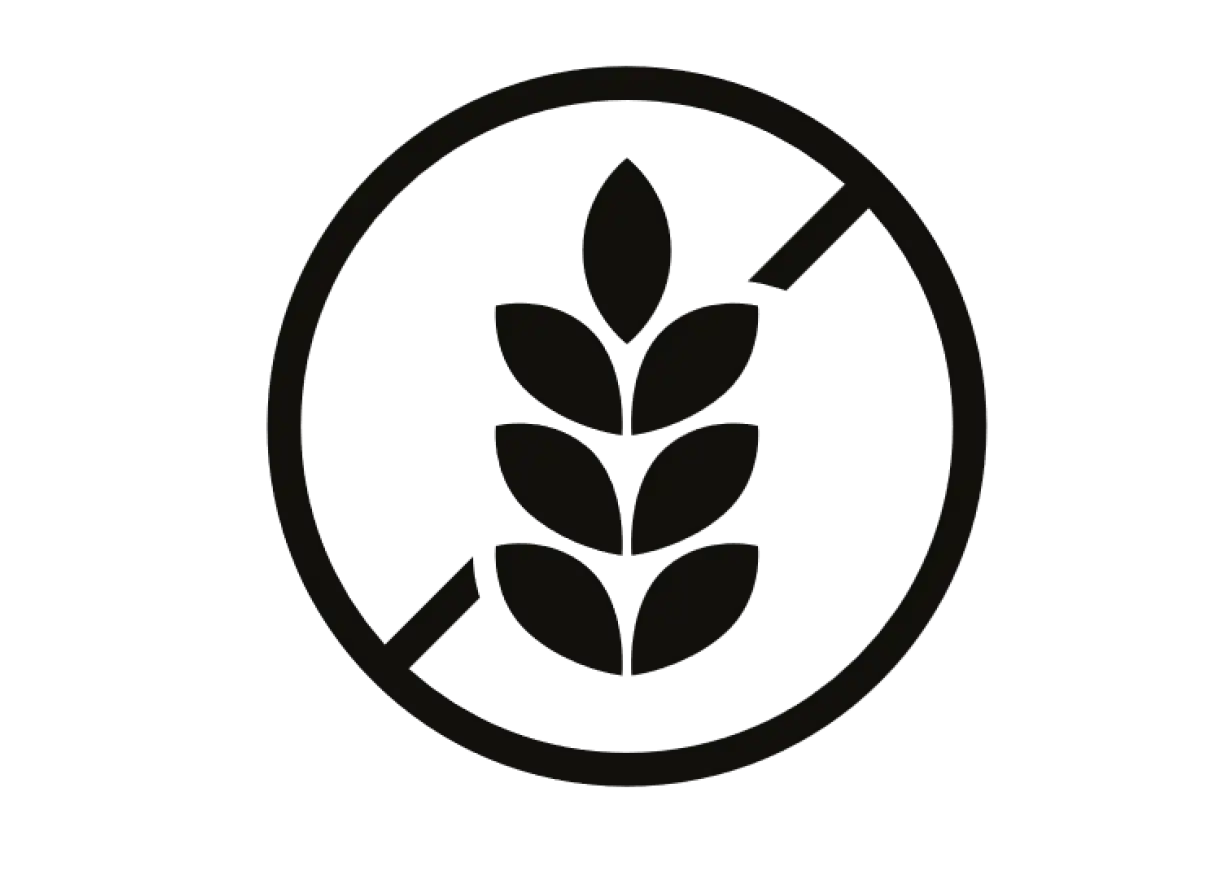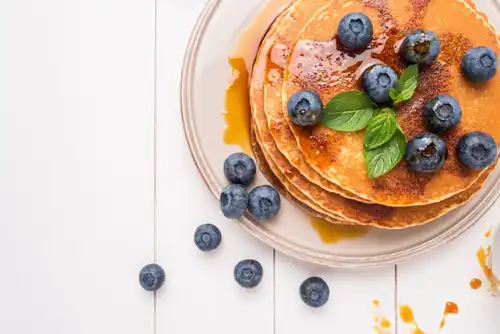
Enjoy gluten free with gluten intolerance
A piece of marble cake in the café, a coq au vin with crispy baguette in the evening and your gastrointestinal tract goes crazy? For some time now, your beloved pasta has not been doing you any good? The reason could be gluten intolerance.
What is gluten intolerance?
Gluten intolerance (also called celiac disease or indigenous sprue) is an allergic misreaction of the immune system to the protein gluten, which is contained in many types of grain. This incorrect immune response leads to chronic inflammation of the intestine and, in the long term, to damage of the intestinal mucosa. As a result, nutrients can only reach the blood system through the intestinal wall to a limited extent, which can lead to deficiency symptoms and secondary diseases. Patients suffering from this intolerance must change their diet and resort to foods that do not contain gluten.
Symptoms of gluten intolerance?
In most cases, gluten intolerance manifests itself with symptoms in the gastrointestinal tract:
- Diarrhea
- Constipation
- Flatulence
- Abdominal cramps
- Intestinal bleeding
- Nausea, vomiting
If gluten intolerance is left untreated, long-term symptoms outside the digestive tract may occur due to continued nutrient deficiencies, such as:
- Exhaustion
- depressive moods
- skin inflammations
- inflammation of mucous membranes
- muscle weakness
- joint pain
- osteoporosis
- Night blindness
- Nerve disorders

How is gluten intolerance diagnosed?
If gluten intolerance is suspected, your family doctor will refer you to a specialist in gastroenterology. This specialist specializes in diseases of the digestive tract. After the doctor has asked about your symptoms in an anamnesis interview, he will palpate your abdomen and listen to it with a stethoscope. If the indications of gluten intolerance become stronger, a blood test will follow. The laboratory will examine whether there are antibodies in your blood that are typical for gluten intolerance. However, a reliable laboratory diagnosis is only possible if you have eaten a diet containing gluten up to that point. Therefore, if you suspect that you are suffering from gluten intolerance, you should not switch to a gluten-free diet until you have been diagnosed. In addition to the laboratory test, a tissue sample from the small intestine can provide information. This is taken during a gastroscopy. If the tissue sample shows typical changes, this confirms the diagnosis of gluten intolerance.
How is gluten intolerance treated?
Unfortunately, there are currently no medications that suppress the immune response to gluten in those affected. The good news, however, is that if you permanently avoid gluten-containing foods completely, the symptoms usually disappear completely. With a gluten-free diet, you can lead a symptom-free life and avoid secondary diseases. Of course, changing your diet is a challenge at first. So it's good that you have access to support - you can consult a nutritionist or familiarize yourself with the subject via the advice literature in bookstores and corresponding sites on the Internet. In addition, the food industry has recognized the need and is increasingly launching gluten-free alternatives on the marke.

Gluten-free diet
Gluten is contained in many types of cereals and cereal products. They must be completely and permanently avoided in a gluten-free diet.
Grains containing gluten:
- Wheat
- Rye
- Barley
- Spelt
- Green spelt
- Einkorn
- Emmer
- Kamut
- Triticale (a cross between rye and wheat)
- Tritordeum (a cross between durum wheat and wild barley)
- Oats (does not have a problematic effect on all sufferers)
- Bread and baked goods
- Pasta, spaetzle
- Pizza, tarte flambée, tortillas
- Muesli and other breakfast cereals
- Cookies
- Breadcrumbs
- Malt coffee
- Beer
- Soy sauce
Processed foods must list their gluten-containing ingredients among the ingredients, according to the European Food Regulation. For example, wheat contained must be mentioned in the list of ingredients. The term gluten, however, does not have to be mentioned. Many foods do not contain gluten from the outset and can be included in the diet in their basic form without hesitation.
- Fruits and vegetables Potatoes
- Meat, poultry, fish, seafood
- Legumes
- Eggs
- Milk and dairy products
- Honey and jams
- Nuts Oils
- Sugar, salt, herbs
- Water and juices
- Wine and champagne
- Tea and coffee
And then, fortunately, there are gluten-free grains:
- Rice and wild rice
- Corn millet
- Buckwheat
- Amaranth
- Quinoa
Teff (dwarf millet)
Based on these alternatives, special gluten-free foods are now increasingly being produced - for example, gluten-free Italian pasta. They can be recognized by the symbol of the crossed-out ear of corn. And you yourself can also make gluten-free delicacies from corn, buckwheat, etc: Polenta made from corn semolina, for example, buckwheat cakes or pancakes made from chickpea and rice flour.

Gluten free pancake
- 100 g chickpea flour
- 50 g rice flour
- 250 ml rice drink (rice milk)
- 4 eggs (size M)
- 1 pinch of salt
- 2 tablespoons oil, for example sunflower oil
- Mix the two flours, rice drink, eggs and salt to a smooth dough.
- Leave to swell for 10 minutes.
- Heat 1/2 tbsp. oil in a frying pan, pour in a sauce or soup ladle of batter, spread out and bake over low to medium heat for 1-2 minutes. Flip pancake and finish baking in 1-2 minutes.
- Keep finished pancake warm in oven at 60°.
- Do the same with the remaining batter.


